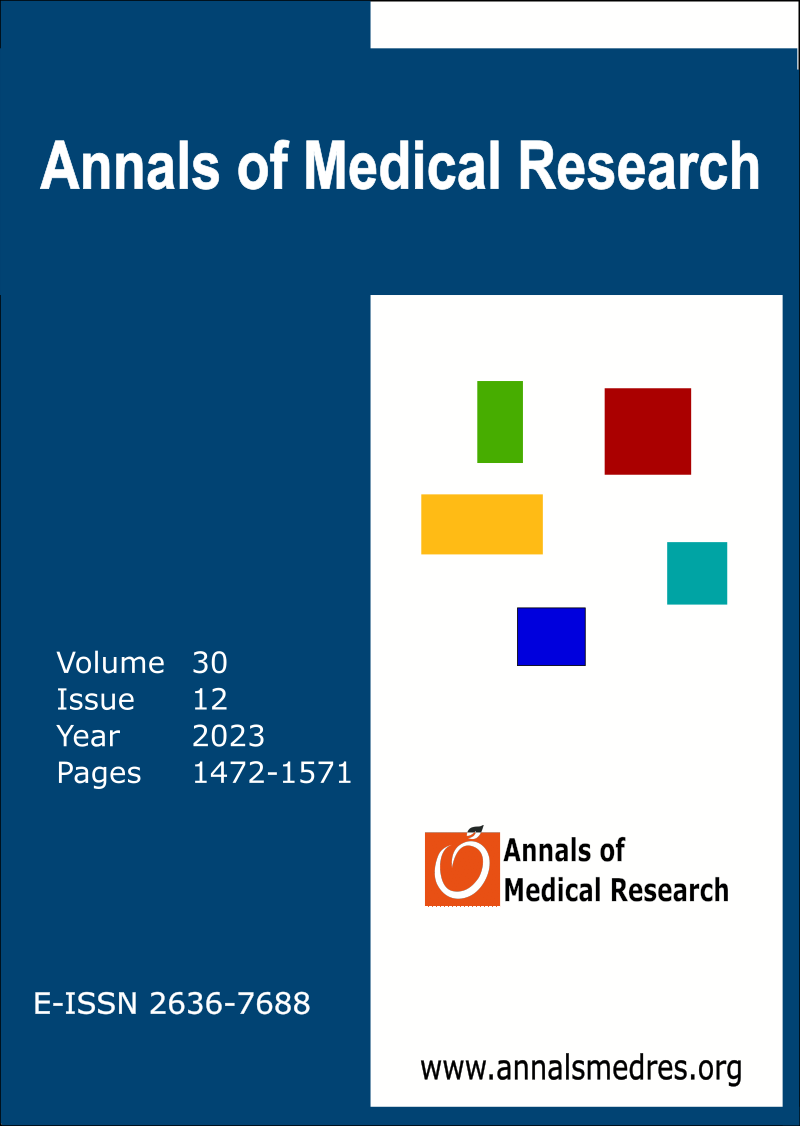Prediction of brucellosis based on hematological biomarkers via ensemble classification methods
Keywords:
Brucellosis, Ensemble classification methods, Machine learning, Permutation importance, Zoonotic diseaseAbstract
Aim: Some hematological changes are frequently observed in the clinical course of brucellosis. This study aimed to predict the diagnosis of brucellosis based on some hematological biomarkers with the help of ensemble classification methods.
Materials and Methods: A total of 23 ensemble classification methods, including 10 bagging, 9 boosting, and 4 stacking approaches were applied to the brucellosis data set. Each subject in the brucellosis data set contains 13 features, including age, gender, and 10 hematological variables.
Results: This study included a total of 257 participants [173 (67.3%) brucellosis patients and 84 (32.7%) healthy controls]. The mean values of white blood cells (WBC), hemoglobin (HGB), neutrophil (NEUT), neutrophil/lymphocytes (NEUT/LYMP), and monocytes/lymphocytes (MO/LYMP) of brucellosis patients were found to be significantly lower than those of healthy controls. Random Forest with Gini criterion (RF2) was selected to be the best fit model with a mean accuracy of 0.728. HGB (mean score = 0.1814), age (0.1311), NEUT/LYMP (0.0938), WBC (0.0817) and mean platelet volume (MPV) (0.0815) were determined as most diagnostic parameters in brucellosis.
Conclusion: The lower levels of HGB, WBC, and NEUT/LYMP and higher levels of age and MPV may be important indicators for the diagnosis of brucellosis.
Downloads
Downloads
Published
Issue
Section
License
Copyright (c) 2023 The author(s)

This work is licensed under a Creative Commons Attribution-NonCommercial-NoDerivatives 4.0 International License.
CC Attribution-NonCommercial-NoDerivatives 4.0






